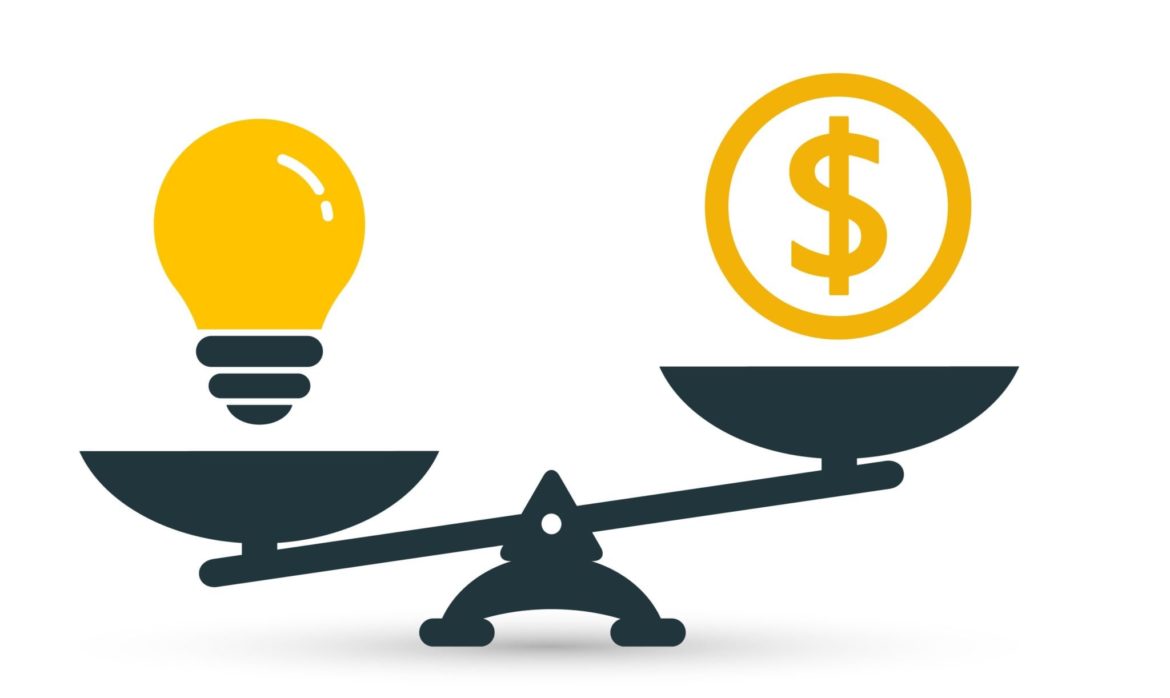No matter how you look at it, technology is expensive. You’ll rarely look at your IT invoices without cringing a little on the inside. However, it’s important that you take a glance at these every once in a while to understand just what you’re getting from your technology budget. Ultimately, you want to ensure that your IT purchases are yielding a positive return on investment, and therefore, providing value for your organization.
Analyzing the Costs
While most users will understand cost in its literal term, it’s critical that you consider the other factors that make up cost. By definition, cost is what you give up in order to attain something else. Cost primarily focuses on what you’re giving up instead of what you get, so it tends to look at concepts such as pricing or other manners of investment. Cost can also include factors other than monetary value, including time, effort, or other resources. Analyzing cost can help you optimize the way that your assets are applied, thus reducing the amount of waste and ensuring the desired outcome for your organization. That being said, the cost of an item is only half the battle.
Analyzing Value
If cost is what you give up in order to receive something, then value is what you get out of something. Value can be inherently based on financial gain, but many times value is actually the total yield versus the total investment. One of the best examples is starting off communications with a new client, as one good action could create a considerably more valuable relationship with them as time goes on.
An example where we can see the difference between cost and value for technology would be purchasing a new workstation. It’s one thing to look at the price tag, but this doesn’t give you the whole picture. Your old workstation hasn’t cost you much financially because you paid it off a long time ago, whereas a new computer is of considerable cost. However, your old workstation might suffer from issues related to outdated operating systems or components, making it a difficult piece of technology to work with from. The value in this case is saved time and enhanced productivity.
Calculating Your IT’s Value
If you ever need to calculate how much a certain action or decision will cost your company in terms of value, you can try to compare it mathematically. After all, numbers don’t lie. This helps you keep track of what you’ve invested, as well as how much you’re getting in return for your investment. To determine the value of something, you can use a simple “x=y” equation. In this case, the invested cost is “x,” while the result (the value) is “y.”
Now, let’s try out an example. You need to determine if your business’ technology investment actually equals productivity. In this case, you can use a simple ratio method. Let’s say you invest $25 into a workstation and increase productivity by 10%, when investing an extra $30 will improve efficiency by 17%. If investing $31 only raises productivity by 16%, instead of investing more in something else, you just narrow down the cost until you have achieved the maximum value per dollar.
Net Activity Inc. can help your organization get more value out of its technology. To learn more, reach out to us at 216-503-5150.





